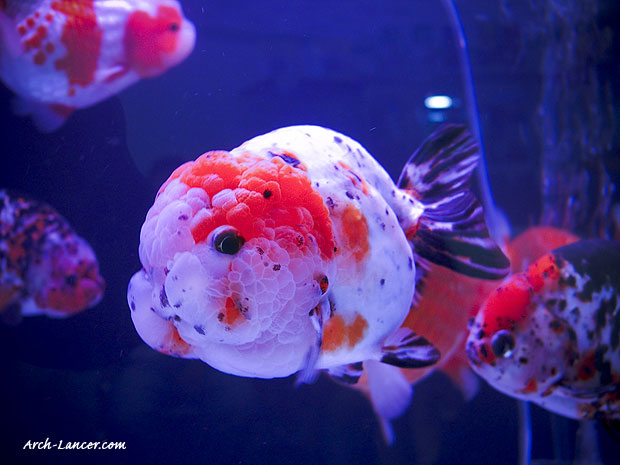
Koi Pond Pump Parts: A Comprehensive Guide to Choosing and Maintaining
Koi Pond Pump Parts: Introduction
A koi pond adds a serene and beautiful feature to any garden or outdoor space. However, a vital component of a koi pond is the pump, which plays a significant role in maintaining the right water quality for happy and healthy koi fish. Like any other machine, different parts to the pond pump can wear out or become damaged, which can affect its efficiency adversely. Choosing the right koi pond pump parts and maintaining them can go a long way in improving the overall health of your koi pond and ensuring that your fish thrive.
Types of Koi Pond Pumps
There are two main types of pumps that are commonly used in koi ponds. These are submersible pumps and external pumps.
Submersible Pumps
As the name suggests, these pumps are designed to be submerged under the water. These pumps are easy to install and can be placed at the bottom of the pond. They are usually small in size and quiet, making them perfect for small ponds. Submersible pumps are suitable for ponds that have a maximum depth of 15 feet. They are easy to install, and maintenance is relatively simple too.

External Pumps
External pond pumps are placed outside the pond, making them more powerful than submersible pumps. They are suitable for larger ponds and can handle more water volume. External pumps are more efficient and have a longer lifespan than submersible pumps. These types of pumps are perfect for koi ponds that need high water turnover rates and have a maximum depth of over 15 feet. However, due to their size, installation may require some DIY skills or professional help.

Koi Pond Pump Parts
Koi pond pumps have numerous parts that work together to ensure proper water turnover rates and sustain the health of the koi fish. Understanding each part and their functions can go a long way in troubleshooting and maintaining the pump.
Impeller
The impeller is the most crucial part of the pump. It sucks water and spins at high speeds to generate pressure that moves the water back up to the koi pond. Over time, the impeller can become clogged with debris or corroded and affect the overall efficiency of the pump.

Motor
The motor is the power source of the pump that drives the impeller. It is essential to ensure that the motor is the correct size and power rating for your koi pond’s size and requirements. Water should not get inside the motor, as this can corrode and damage the motor over time. The motor should also be connected to a ground wire to prevent electric shocks near the pond.

Housing
The housing covers and protects the motor and other vital components from water damage and other external factors. Ensure that the housing is sealed correctly and tightly to prevent water from entering the motor or other parts of the pump.

Seals
The seal is a rubber component that prevents water from entering the pump. They can wear out over time or become damaged, leading to water getting inside the motor, which can cause corrosion. It is essential always to check the seals for wear and tear and replace them immediately when necessary.
.jpg)
How to Maintain Koi Pond Pump Parts
Regular maintenance is essential for ensuring that the koi pond pump functions optimally. Below are some tips to help you maintain your pump parts:
Clean the pump
The impeller filters water and can become clogged over time. It is essential to clean it regularly to maintain the flow of water. Turn off the pump, unplug it, and remove the impeller. Clean the impeller and other parts with a soft brush, and reassemble the pump.

Check the seals
Check the seals regularly for wear and tear. Replace them immediately when you notice any damage.

Replace worn-out parts
Pump parts can wear out over time due to natural wear and tear or external factors such as weather and debris. Ensure that you check the condition of the parts regularly and replace worn-out parts immediately.

Conclusion
Maintaining and choosing the right koi pond pump part is essential to ensure that your pond remains healthy and clean. It is crucial that you understand each part’s function and check them regularly for wear and damage. Consult a professional when necessary to avoid more substantial damage that can be costly to repair.